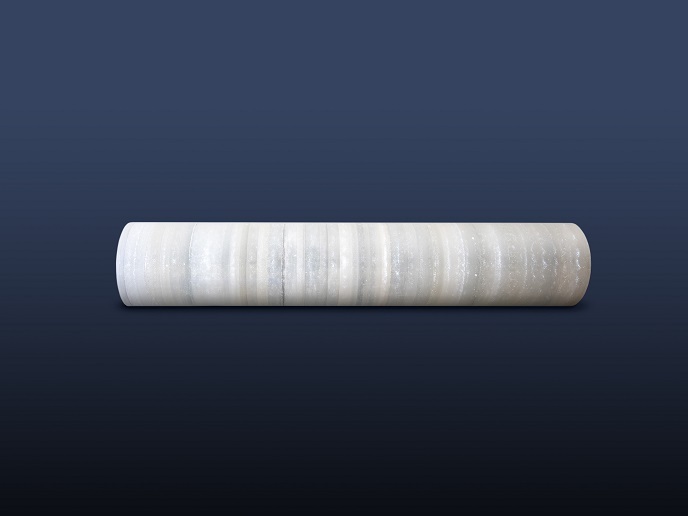Antarctic ice core data can help inform climate action
Careful study of the past can provide valuable clues about the future. The Antarctic ice sheet – which is more than 3 km thick in places – contains within it a unique record of climate history. Air bubbles embedded in the ice can give scientists insights into the evolution of Earth’s atmosphere over time. The aim of the ongoing EU-funded Beyond EPICA project, which is coordinated by the Italian National Research Council, is to examine these Antarctic ice cores for data on past atmospheric compositions, and to better understand the processes governing our climate system. What really sets this project apart, however, is the mind-boggling timespan the project intends to cover – up to 1.5 million years.
Research at the extremes
Beyond EPICA, which was launched in 2019, builds on the previous EU-funded projects EPICA and BE-OI. The latter sought to locate Antarctic regions where ice more than 800 000 years old might be found. A promising site was identified about 40 km away from the Italian-French research station Concordia. Little Dome C is a 10 square kilometre patch of ice 3 233 metres above sea level. It is one of the most extreme climates on Earth, with an average air temperature of a bone-chilling -54.5 °C. Beyond EPICA established a camp here, and since its launch, the international team has progressively drilled deeper and deeper ice cores. From mid November 2023 to mid January 2024, scientists succeeded in reaching a depth of over 1 836 metres, extracting a record of the climate and the atmosphere going back 195 000 years. Some preliminary ice core analyses have been carried out at Concordia Station, while other ice core samples will reach colleagues in Europe via the Laura Bassi icebreaker. The project’s final goal is to reach a depth of about 2 700 metres, which represents the thickness of the ice sheet underneath Little Dome C, and extract ice cores over 1 million years old.
Climate change mitigation and adaptation strategies
The project, which will run until May 2026, will give scientists an unparalleled view into our climatic past. No other climate record can provide such accurate atmospheric data, going so far back in history. This will help researchers solve a major climate riddle: why, around 1 million years ago, glacial cycles shifted from 40 000 years to 100 000 years. More generally, project findings will help climate scientists to better understand the linkages between the carbon cycle, ice sheets, atmosphere and ocean behaviour. This information could prove critical in designing more effective mitigation and adaptation strategies for climate change.
Keywords
Beyond EPICA, ice, Antarctica, climate change, ice core, Earth



